Losing a job—or even facing the threat of layoffs, cutbacks, or restructuring—is one of the most stressful challenges anyone can experience. Even if you’ve always received positive performance reviews, job security isn’t guaranteed. Add in today’s uncertain economy, where companies hesitate to hire, and the stress of unemployment can feel overwhelming.
The good news: you can build resilience and protect your mental health after job loss. Here are practical, science-based strategies to help you reduce anxiety, manage worry, and stay strong during times of career uncertainty.
Why Job Loss Triggers Anxiety and Panic
When your employer announces layoffs or restructuring, your mind naturally jumps to worst-case scenarios:
- “What if I can’t find a new job?”
- “What if I never recover financially?”
- “What if I end up bankrupt or homeless?”
This kind of catastrophic thinking is how worry responds to uncertainty. Unfortunately, your brain doesn’t distinguish between real danger and imagined fears. As a result, your body reacts as if every worry is true—leading to stress, insomnia, and even panic attacks.
But the facts tell a different story:
- You were hired and paid because an employer valued your skills.
- You gained experience and abilities that other employers also value.
- Losing one job doesn’t define your future.
A resilient mindset shifts from “Why me?” to “Why not me? I’ve found jobs before, I can do it again.”
Why Reassurance Seeking Makes Anxiety Worse
Many people cope with job insecurity by constantly checking the news or searching online for reassurance. Unfortunately, reading daily updates about layoffs, recessions, or economic downturns only fuels anxiety.
Instead of asking, “Is the job market hopeless?” ask, “What can I try today to move forward?” Science shows that risk-takers and proactive job seekers are the ones who succeed. Believing in your ability to adapt—even if you don’t know exactly how yet—is the first step toward resilience.
Healthy Coping Strategies After a Job Loss
Here are practical, science-backed ways to protect your mental health and move forward:
Accept the Uncertainty
Instead of fighting the reality of layoffs or job insecurity, practice radical acceptance. Recognize that uncertainty is part of life—and that it can also open the door to new opportunities.
Reframe Negative Thinking
- Worry says: “The economy is bad, I’ll never find a job.”
- Resilience says: “If I’ve found a job before, I can find one again. Employers are still hiring.”
Focus on Your Worth
Don’t let self-doubt convince you otherwise. Remind yourself:
- You have skills.
- You are someone’s next great hire.
- Setbacks are temporary, not permanent.
Take Care of Your Body and Mind
- Get enough sleep,
- Exercise regularly.
- Eat healthy foods.
- Avoid alcohol or substances that drain resilience.
Instead, recharge with positive outlets: read, volunteer, spend time with friends, or start a new hobby. These activities remind you of your identity outside of work.
Additional ADAA Resources:


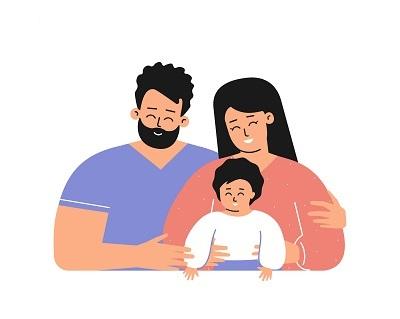
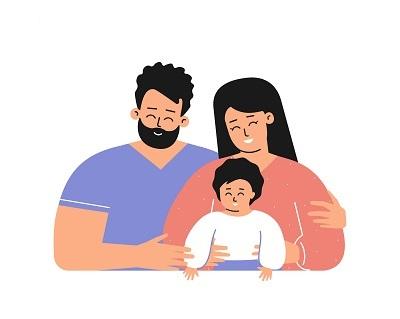
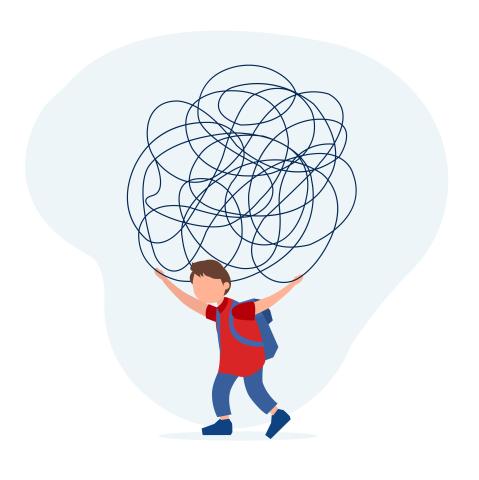
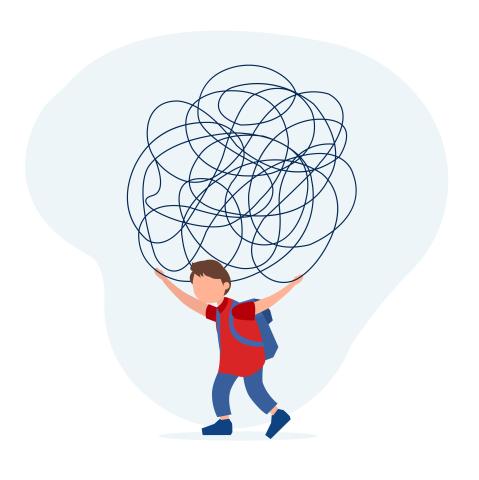
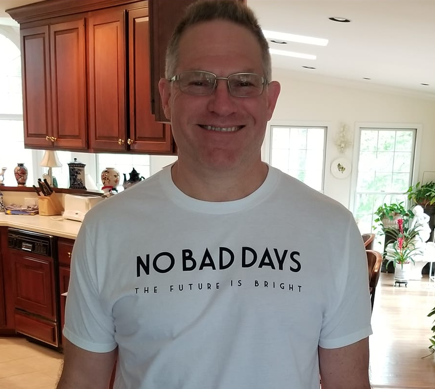

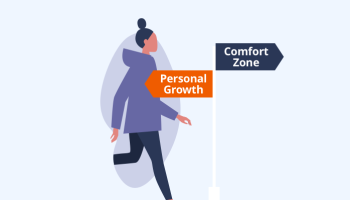
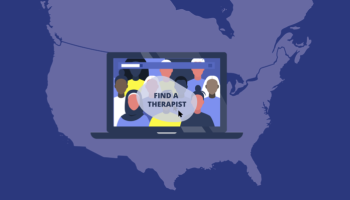
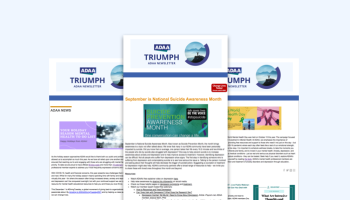
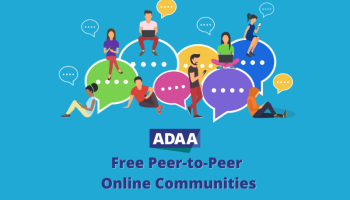
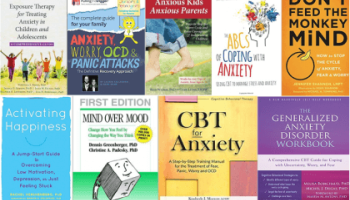
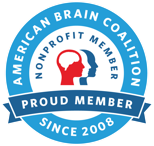





ADAA Blog Content and Blog Comments Policy
ADAA provides this Website blogs for the benefit of its members and the public. The content, view and opinions published in Blogs written by our personnel or contributors – or from links or posts on the Website from other sources - belong solely to their respective authors and do not necessarily reflect the views of ADAA, its members, management or employees. Any comments or opinions expressed are those of their respective contributors only. Please remember that the open and real-time nature of the comments posted to these venues makes it is impossible for ADAA to confirm the validity of any content posted, and though we reserve the right to review and edit or delete any such comment, we do not guarantee that we will monitor or review it. As such, we are not responsible for any messages posted or the consequences of following any advice offered within such posts. If you find any posts in these posts/comments to be offensive, inaccurate or objectionable, please contact us via email at communications@adaa.org and reference the relevant content. If we determine that removal of a post or posts is necessary, we will make reasonable efforts to do so in a timely manner.
ADAA expressly disclaims responsibility for and liabilities resulting from, any information or communications from and between users of ADAA’s blog post commenting features. Users acknowledge and agree that they may be individually liable for anything they communicate using ADAA’s blogs, including but not limited to defamatory, discriminatory, false or unauthorized information. Users are cautioned that they are responsible for complying with the requirements of applicable copyright and trademark laws and regulations. By submitting a response, comment or content, you agree that such submission is non-confidential for all purposes. Any submission to this Website will be deemed and remain the property of ADAA.
The ADAA blogs are forums for individuals to share their opinions, experiences and thoughts related to mental illness. ADAA wants to ensure the integrity of this service and therefore, use of this service is limited to participants who agree to adhere to the following guidelines:
1. Refrain from transmitting any message, information, data, or text that is unlawful, threatening, abusive, harassing, defamatory, vulgar, obscene, that may be invasive of another 's privacy, hateful, or bashing communications - especially those aimed at gender, race, color, sexual orientation, national origin, religious views or disability.
Please note that there is a review process whereby all comments posted to blog posts and webinars are reviewed by ADAA staff to determine appropriateness before comments are posted. ADAA reserves the right to remove or edit a post containing offensive material as defined by ADAA.
ADAA reserves the right to remove or edit posts that contain explicit, obscene, offensive, or vulgar language. Similarly, posts that contain any graphic files will be removed immediately upon notice.
2. Refrain from posting or transmitting any unsolicited, promotional materials, "junk mail," "spam," "chain mail," "pyramid schemes" or any other form of solicitation. ADAA reserves the right to delete these posts immediately upon notice.
3. ADAA invites and encourages a healthy exchange of opinions. If you disagree with a participant 's post or opinion and wish to challenge it, do so with respect. The real objective of the ADAA blog post commenting function is to promote discussion and understanding, not to convince others that your opinion is "right." Name calling, insults, and personal attacks are not appropriate and will not be tolerated. ADAA will remove these posts immediately upon notice.
4. ADAA promotes privacy and encourages participants to keep personal information such as address and telephone number from being posted. Similarly, do not ask for personal information from other participants. Any comments that ask for telephone, address, e-mail, surveys and research studies will not be approved for posting.
5. Participants should be aware that the opinions, beliefs and statements on blog posts do not necessarily represent the opinions and beliefs of ADAA. Participants also agree that ADAA is not to be held liable for any loss or injury caused, in whole or in part, by sponsorship of blog post commenting. Participants also agree that ADAA reserves the right to report any suspicions of harm to self or others as evidenced by participant posts.